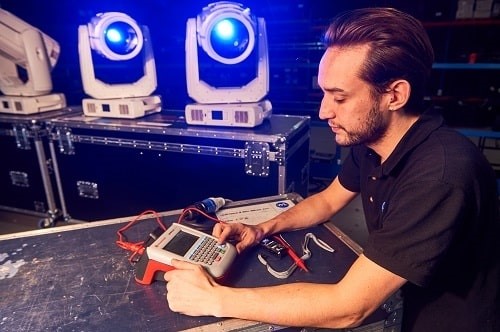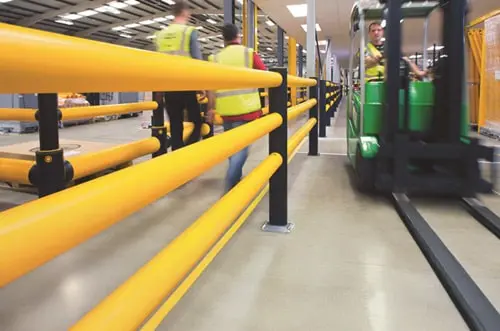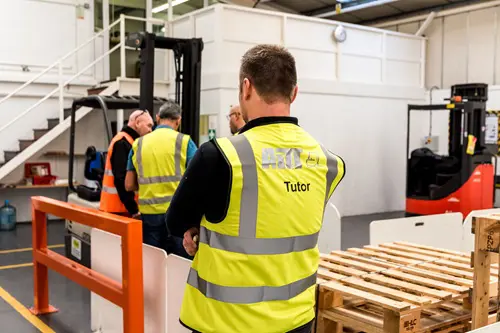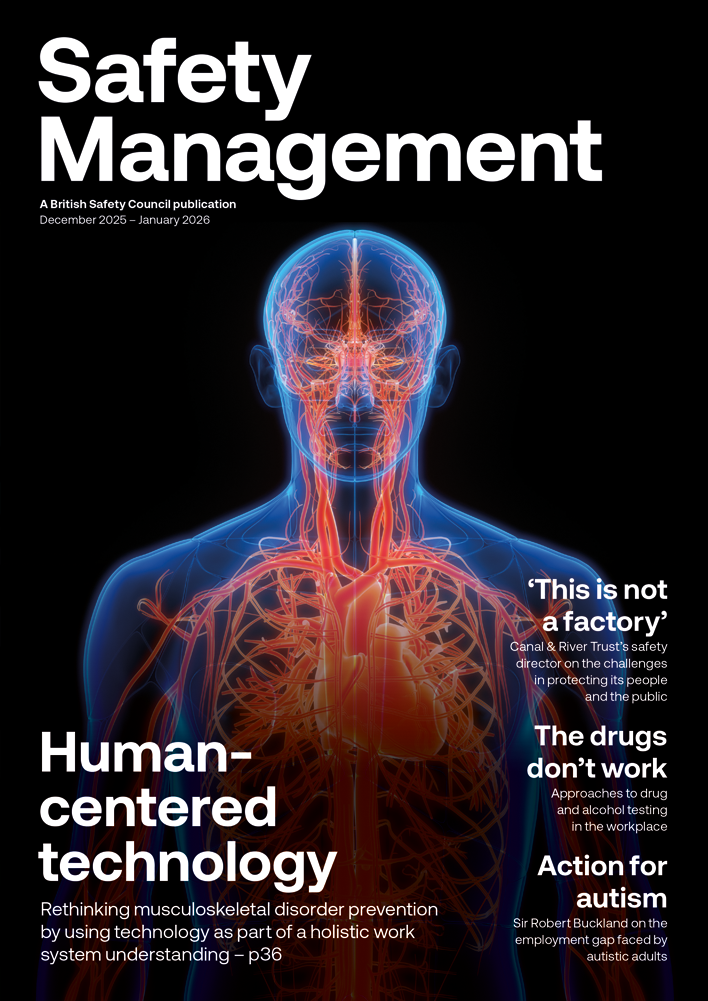Every year many accidents are reported at work involving electricity. Portable appliance testing (PAT) can help employers remain compliant and keep their workplaces safe.
Features
Don’t get your fingers burned
Faulty electrics can cause damage to properties, severely injure people and, in some extreme cases, cause burns or explosions, which could prove fatal. Even non-fatal electric shocks could cause falls from ladders, scaffolds or other work platforms, which in turn could cause permanent injury.
Even those not regularly coming into contact with or working with electricity, such as those working in retail or offices, could be at risk. Poorly installed electrical cables, overloading sockets or damaged appliances could easily cause fire or explosion and potentially endanger whole businesses.
Most of these accidents however can be easily avoided through careful planning, risk assessment and the regular maintenance of electrical equipment and installations.
 PAT testing, as it is known, ensures that the electrical appliances are safe for continued use. Photograph: Seaward
PAT testing, as it is known, ensures that the electrical appliances are safe for continued use. Photograph: Seaward
What the law says?
The law requires that all landlords, employers and even self-employed individuals make sure that their electrical appliances are safe, suitable and used for their intended purpose. The regulations related to this, including: The Health and Safety at Work Act 1974, the Electricity at Work Regulations 1989, the Provision and Use of Work Equipment Regulations 1998, the Management of Health and Safety at Work Regulations 1999, the Workplace (Health, Safety and Welfare) Regulations 1992, the Housing Act 2004 (England and Wales) and the Housing Act 2014 (Scotland).
Compliance
Portable appliance testing (PAT) has become a fundamental requirement for ensuring electrical safety in the workplace.
PAT testing is the examination of electrical appliances and equipment to see if maintenance is required and ensure they are safe for continued use. Many electrical safety defects can be found by visual examination, but some types of defect can only be found by carrying out testing.
Testing and maintenance
Any person carrying out electrical safety checks should be competent to do so with equipment that is fit for purpose and within calibration, to ensure the validity of the results obtained from the testing process etc.
If you have suitable resource and expertise within the company, you can carry out the PAT testing in house. However, if that’s not the case, it is worth employing a contractor to carry out the testing for you.
As with any contractor you employ, it is important to carry out checks on competence, risk assessments, insurances, method statements etc. ahead of commencing work.
Darren Bakewell is electrical safety expert and applications engineer at Seaward Electronic
FEATURES

Underpinning safety training with neuroscience for long lasting impact
By SSE Active Training Team (ATT) on 30 November 2025
A behavioural safety training programme developed by Active Training Team for energy provider SSE has been carefully designed with neuroscientific principles in mind – resulting in a prestigious industry award for Best Training Initiative in 2024.

Why a painted line will never be enough
By UK Material Handling Association (UKMHA) on 20 November 2025
Businesses that operate material handling equipment like forklifts are being urged to submit accident and near miss details to a new confidential reporting portal so the industry can identify what needs to be done to improve safety standards.

Why workplace transport training is changing in 2026 and what it means for employers
By AITT on 05 January 2026
New workplace transport training categories due in January mean it is essential to ensure operators of material handling equipment have the necessary training for the exact type of machine they use, and accredited training providers are an ideal source of advice and conversion training.



